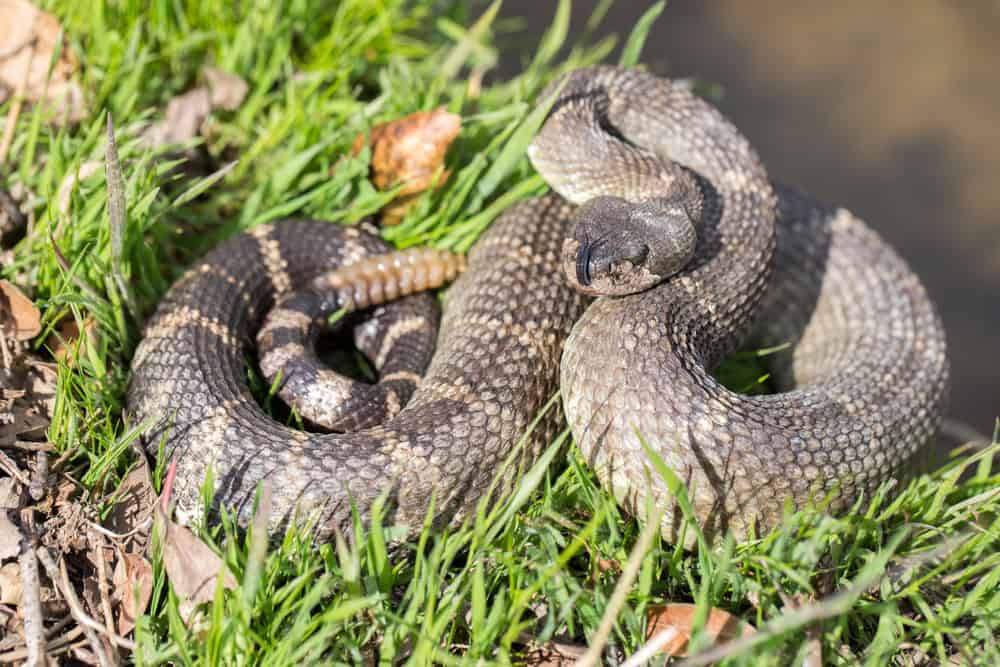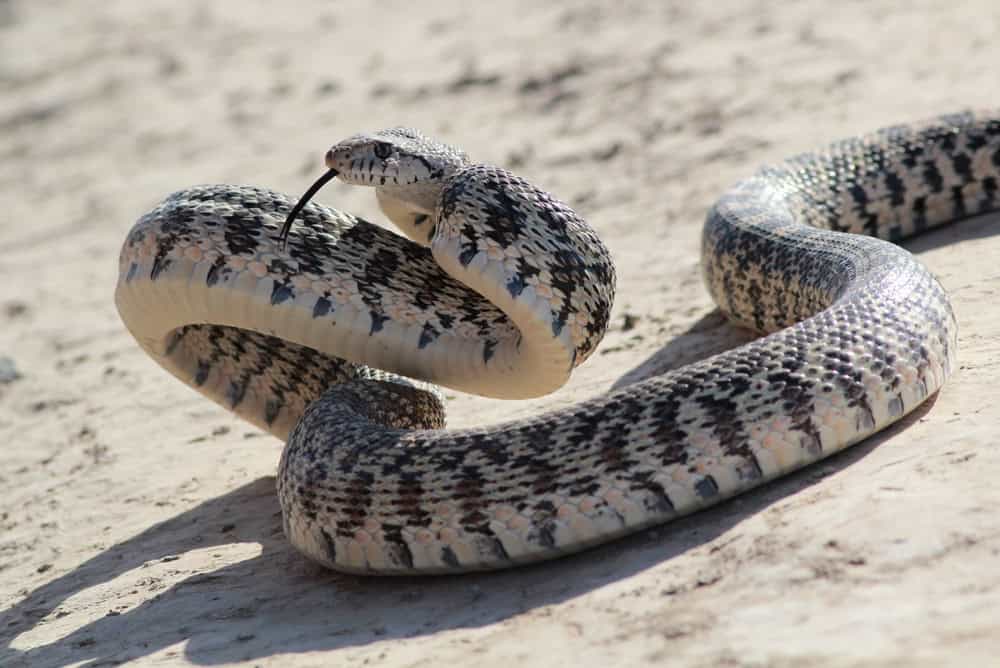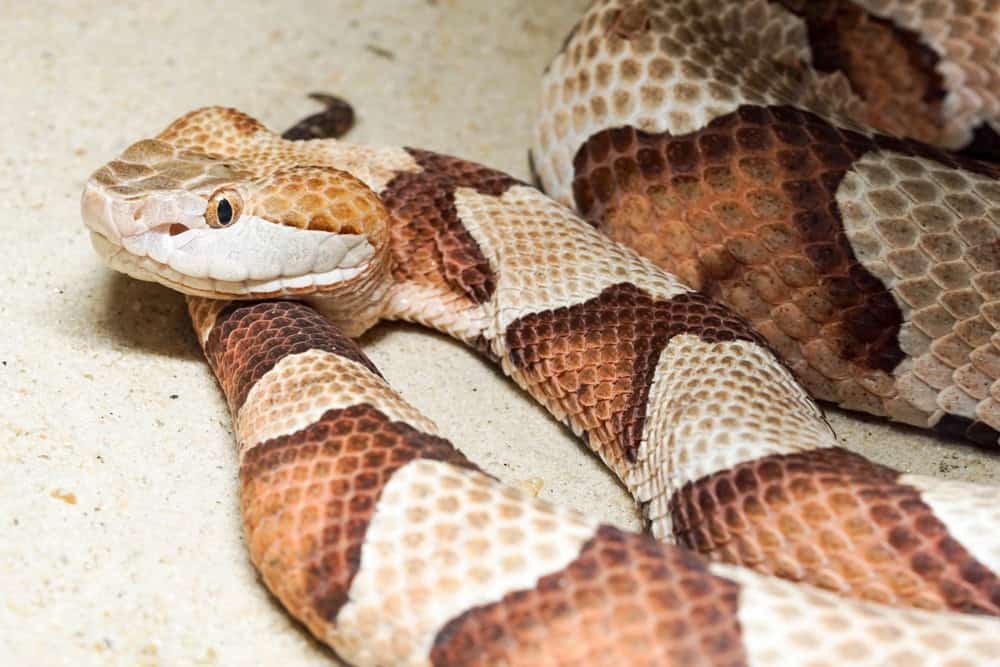Snakes have long been subjects of mystery and misconception, especially when it comes to their relationship with the weather. Tales abound about how these slithering creatures can sense storms or signify a change in seasons. While snakes are fascinating animals with intriguing behaviors, many myths persist in popular culture about their connections to weather phenomena. This article aims to debunk some of the most common myths, offering clarity and insight into the real nature of these cold-blooded animals.
Myth 1: Snakes Can Predict Rain

One of the most persistent myths is that snakes can predict rain. While snakes do not have any mystical ability to foresee weather changes, they may be more active before rainfall due to changes in atmospheric pressure and temperature, making it seem like they are predicting the weather.
Myth 2: Snakes Are More Aggressive in Hot Weather

It’s commonly believed that snakes become more aggressive when the temperature rises. In reality, snakes are ectothermic, meaning their activity levels are directly affected by the ambient temperature. In warmer weather, they may be more active but not necessarily more aggressive.
Myth 3: Snakes Hiss More During Storms

There is a myth that snakes hiss more frequently during storms. Hissing is a defensive behavior that snakes use when they feel threatened, not a reaction related to weather. A snake might hiss during a storm if it feels disturbed by changes in its environment but not because of the storm itself.
Myth 4: Snakes Follow the Wind

Some people believe that snakes can follow the direction of the wind. Snakes do not have any special ability to detect or follow the wind. Instead, their movements are typically guided by the search for food, mates, or shelter.
Myth 5: Snakes Hibernate in Winter

While some animals hibernate, snakes enter a state known as brumation during the colder months, which is different. During brumation, snakes become less active and eat less, but they do not sleep as deeply as hibernating animals do.
Myth 6: Snakes Come Out Only When It’s Sunny

Although snakes are often seen basking in the sun to regulate their body temperature, they do not exclusively emerge in sunny weather. Many species are active at different times to suit their habits and the climate in their habitat.
Myth 7: All Snakes Love Heat

Not all snakes thrive in hot climates. Some species, especially those in temperate regions, are adapted to cooler environments. Their ideal body temperature varies, proving that not all snakes are heat-loving animals.
Myth 8: Snakes Are Immune to Weather Extremes

Contrary to some beliefs, snakes are not immune to extreme weather. They can suffer from temperature extremes like heatstroke or freezing, which is why they seek shelter during harsh conditions.
Myth 9: Snakes Bring Bad Weather

This old superstition claims that seeing a snake signals impending bad weather. In truth, snakes appearing before a storm is coincidental and related to the change in environmental conditions, not a cause of them.
Myth 10: Snakes Surface During Thunderstorms

There is no scientific evidence to support the idea that snakes are more likely to appear during thunderstorms. Their activity levels respond primarily to temperature and light, not the presence of storms.
Myth 11: Snakes Avoid Areas With High Humidity

Many people think snakes avoid humid areas, but many species actually thrive in high-humidity environments. For example, rainforest and swamp-dwelling snakes are adapted to such conditions and are often found in very moist habitats.
Myth 12: Snakes Use Weather to Hunt

While weather conditions can influence snake behavior, snakes do not rely on the weather for hunting. They utilize their keen senses, such as smell and vibration, to locate prey, independent of the weather.
Myth 13: Snakes Are Only Active During Certain Seasons

While snake activity can be more visible during some seasons due to breeding or temperature, they remain active throughout the year. Many will adapt their behavior to seasonal changes, seeking shelter during less favorable conditions.
Myth 14: Snakes Cannot Be Seen in Cold Weather

It’s often assumed that snakes disappear completely in cold weather. However, some species remain slightly active, and sightings can occur, especially during warmer spells in winter months when snakes may come out to bask.
Myth 15: Weather Affects Snake Coloration

There’s a myth that snakes change color with weather changes. While some reptiles can change color based on temperature, snakes do not alter their coloration with the weather. Their patterns and colors are primarily influenced by genetics and adaptation to their environment.
Myth 16: Snakes Only Seek Shelter in Bad Weather

Snakes seek shelter for protection beyond just avoiding bad weather. They need places to hide from predators, regulate their body temperature, and safely digest meals, regardless of the weather conditions.
Myth 17: Snakes Can Sense Earthquakes

There is anecdotal evidence suggesting that snakes might be able to sense an earthquake because of their sensitivity to vibrations, but scientific studies on this are inconclusive. Their behavior during such events is not well-documented enough to claim they can predict them.
Myth 18: Rain Draws Snakes Out

Snakes are not drawn out by rain itself. However, rain can make their underground burrows damp, prompting them to seek drier above-ground locations, leading people to believe the rain is what causes their emergence.
In conclusion, many myths have been propagated about snakes and their interaction with weather phenomena. While lauding their unique biological characteristics, it’s essential to distinguish between folklore and scientific facts when considering these creatures and their behaviors. Understanding snakes helps demystify them, promoting coexistence and conservation efforts for these often misunderstood animals.
- Rare Shark Sighting Alarms Scientists Near Baja California - July 6, 2025
- The Best Wildlife Spotted at Famous Golf Resorts - July 6, 2025
- Animals That Have Interrupted Major Sports Events - July 6, 2025

